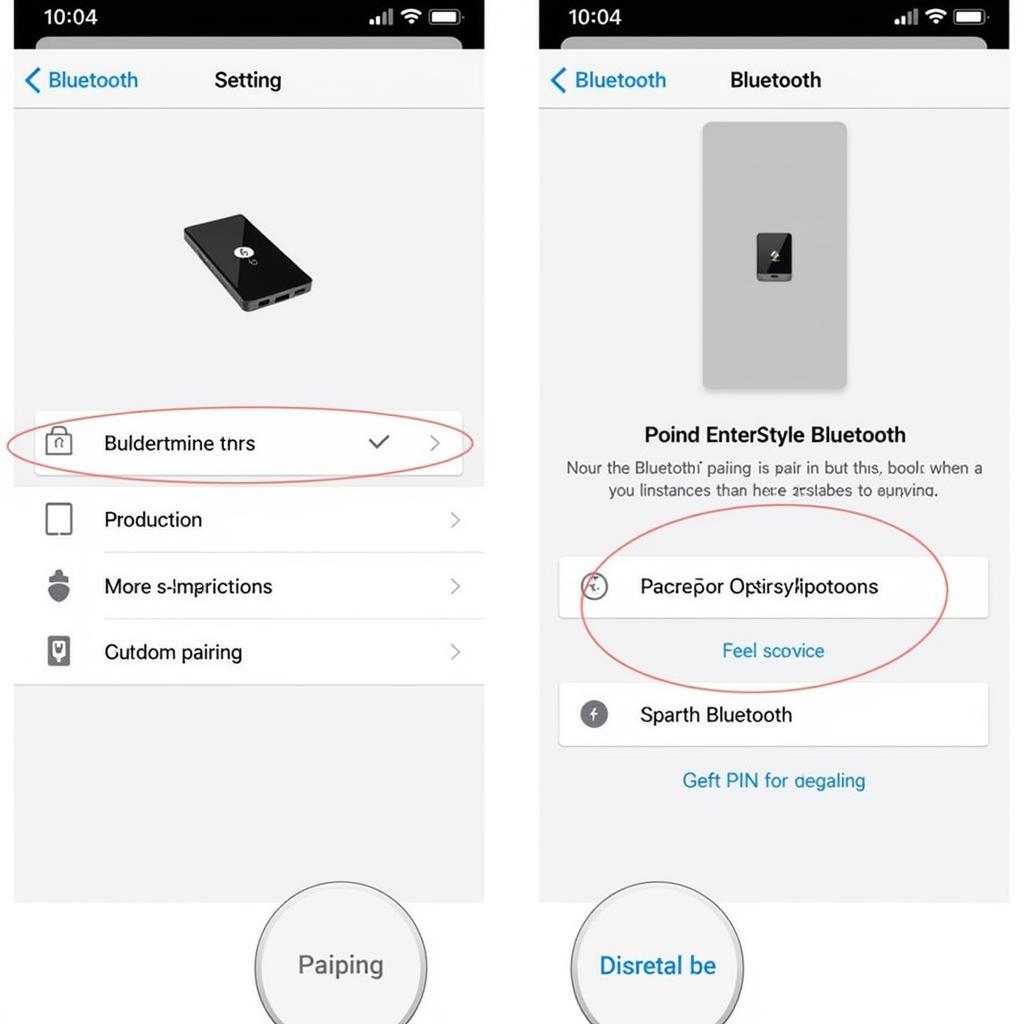The parking brake warning switch plays a critical role in your vehicle’s safety system. This often-overlooked component is responsible for alerting you if your parking brake is engaged while driving. A malfunctioning switch can lead to a persistent warning light, even when the parking brake is disengaged, creating confusion and potential safety hazards. This comprehensive guide will delve into the intricacies of the parking brake warning switch, covering common problems, troubleshooting tips, and replacement procedures.
Understanding the Parking Brake Warning Switch
The parking brake warning switch is a simple on/off switch that gets activated in two ways:
-
Parking Brake Engagement: When you engage the parking brake, a lever or button physically interacts with the switch, closing the circuit. This action illuminates the warning light on your dashboard, serving as a visual reminder that the parking brake is on.
-
Low Brake Fluid Level: In many vehicles, the parking brake warning switch is integrated with the brake fluid level sensor. If the brake fluid level drops too low, it triggers the switch, illuminating the same warning light. This dual functionality ensures you are alerted to two critical safety concerns.
Common Parking Brake Warning Switch Problems
While generally reliable, parking brake warning switches can encounter issues over time. Recognizing the symptoms of a faulty switch is crucial for prompt diagnosis and repair:
-
Illuminated Warning Light: The most obvious symptom is a persistent parking brake warning light on your dashboard, even when the parking brake is fully released.
-
Intermittent Warning Light: A flickering or intermittently illuminated warning light can indicate a loose connection or a failing switch.
-
No Warning Light: In some cases, the warning light may fail to illuminate at all, even when the parking brake is engaged. This scenario presents a significant safety risk as you may unknowingly drive with the parking brake on.
Troubleshooting a Parking Brake Warning Switch
Before assuming the worst, it’s essential to rule out other potential causes for the warning light:
-
Check Brake Fluid Level: As mentioned earlier, a low brake fluid level can trigger the warning light. Inspect the brake fluid reservoir and top it up if necessary. Consult your vehicle’s owner’s manual for the recommended brake fluid type and location of the reservoir.
-
Inspect Parking Brake Cable: A stretched or misadjusted parking brake cable can cause the switch to remain activated even when the brake lever is fully released. Examine the cable for any signs of damage or improper tension.
-
Test the Switch: If the brake fluid level and cable appear normal, the next step is to test the switch itself. This procedure typically involves using a multimeter to check for continuity across the switch terminals when the parking brake is engaged and disengaged.
Replacing a Parking Brake Warning Switch
If troubleshooting points to a faulty switch, replacement is the most viable solution. While the exact location and replacement process may vary depending on your vehicle model, the general steps are as follows:
-
Locate the Switch: Consult your vehicle’s service manual or online resources to determine the exact location of the parking brake warning switch. It’s usually situated near the parking brake lever assembly under the dashboard or center console.
-
Disconnect the Battery: Before working on any electrical components, disconnect the negative terminal of your vehicle’s battery as a safety precaution.
-
Remove the Old Switch: Carefully detach the electrical connector from the switch. Then, unscrew or unclip the switch from its mounting bracket.
-
Install the New Switch: Align the new switch with the mounting bracket and secure it in place. Reconnect the electrical connector.
-
Reconnect the Battery: Reconnect the negative battery terminal.
-
Test the New Switch: Engage and disengage the parking brake to ensure the warning light illuminates and extinguishes correctly.
When to Seek Professional Help
While replacing a parking brake warning switch can be a straightforward DIY task for experienced individuals, there are situations where seeking professional assistance is advisable:
-
Lack of Experience: If you are not comfortable working with automotive electrical systems, it’s best to leave the job to a qualified mechanic.
-
Complex Installation: Some vehicle models may have intricate dashboard or console disassembly procedures to access the switch, potentially increasing the complexity of the replacement.
-
Persistent Issues: If replacing the switch doesn’t resolve the warning light problem, further diagnosis by a qualified technician is necessary to identify any underlying electrical issues.
Remote Diagnostics and Software Solutions
In today’s technologically advanced automotive landscape, remote diagnostics and software solutions are playing an increasingly significant role in troubleshooting and resolving vehicle issues, including those related to the parking brake warning switch.
Here’s how these advancements are benefiting car owners:
-
Remote Diagnostics: Advanced telematics systems and onboard diagnostic tools allow mechanics to remotely access your vehicle’s computer system to read error codes and analyze real-time data, potentially identifying a faulty parking brake warning switch without requiring a physical inspection.
-
Software Updates: In some instances, a software glitch or outdated firmware in the parking brake control module could trigger false warning lights. Remote software updates can rectify such issues, eliminating the need for physical component replacements.
-
Preventative Maintenance: Remote diagnostics can also detect early signs of switch deterioration, allowing for timely maintenance and preventing unexpected breakdowns or safety hazards.
Conclusion
The parking brake warning switch may seem like a minor component, but its role in ensuring safe vehicle operation is paramount. Understanding its function, recognizing the signs of a failing switch, and knowing how to troubleshoot or replace it empowers you to maintain your vehicle’s safety and reliability. If in doubt, don’t hesitate to seek professional assistance from a qualified mechanic or explore the convenience and efficiency of remote diagnostics and software solutions offered by reputable automotive service providers. Regular vehicle maintenance and addressing warning lights promptly contribute significantly to a safe and enjoyable driving experience.

